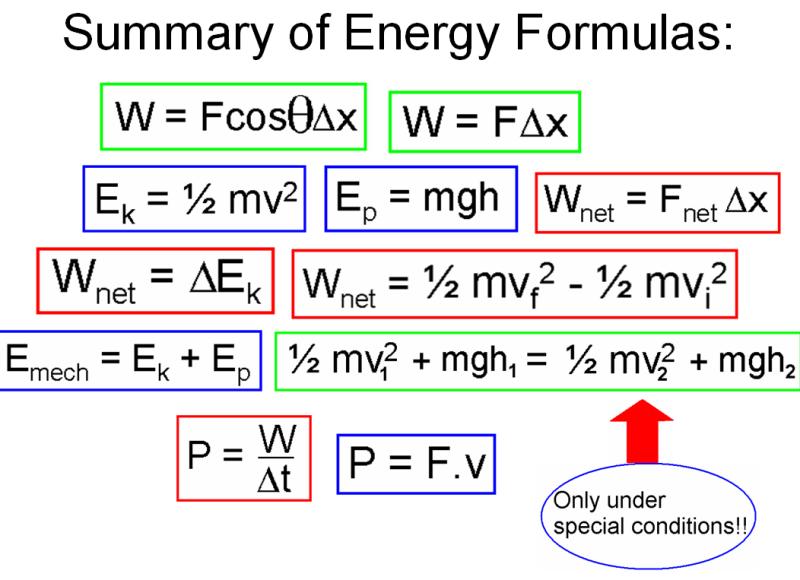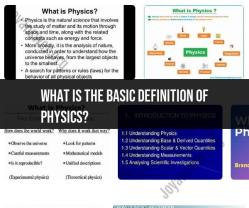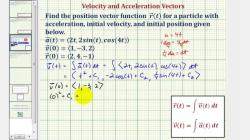What is the formula for power and work?
Work and power are concepts in physics related to the transfer of energy. The formulas for work and power are as follows:
Work (W):
In physics, work is done when a force is applied to an object, and the object is displaced in the direction of the force. The formula for work is given by:
where:
- is the work done,
- is the force applied,
- is the displacement of the object,
- is the angle between the force vector and the direction of displacement.
If the force and displacement are in the same direction, the formula simplifies to .
The SI unit of work is the joule (J).
Power (P):
Power is the rate at which work is done or the rate at which energy is transferred. The formula for power is given by:
where:
- is the power,
- is the work done,
- is the time taken.
The SI unit of power is the watt (W), where 1 watt is equivalent to 1 joule per second.
Relationship between Power and Work:
The relationship between power, work, and time can be expressed as:
This equation shows that power is equal to the amount of work done divided by the time it takes to do that work. It indicates how quickly energy is transferred or work is performed.
In summary:
- Work (W) is the transfer of energy that occurs when a force is applied to an object and it is displaced.
- Power (P) is the rate at which work is done or energy is transferred, and it is calculated as the work done divided by the time taken.
It's important to note that these formulas are applicable in the context of classical mechanics and may have variations or additional considerations in other branches of physics, such as relativistic or quantum mechanics.
Is there a specific formula to calculate power and work in physics?
Yes, there are specific formulas for calculating power and work in physics:
Work:
- Formula: W = F * d
- Definition: Work (W) is the energy transferred to or from an object by a force (F) acting over a displacement (d) in the direction of the force.
- Units: Joules (J)
Power:
- Formula: P = W / t
- Definition: Power (P) is the rate at which work is done or energy is transferred. It is the amount of work (W) done per unit time (t).
- Units: Watts (W)
Additionally, there are some other formulas related to power and work:
- Average power: Pavg = Wtotal / t
- Kinetic energy: KE = 1/2 * mv^2
- Potential energy: PE = mgh
Here are some examples of how to use these formulas:
- Example 1: A force of 10 N pushes a box 5 meters. Calculate the work done.
- Solution: W = F * d = 10 N * 5 m = 50 J
- Example 2: A machine lifts a weight of 100 kg to a height of 2 meters in 5 seconds. Calculate the power of the machine.
- Solution: First, calculate the work done: W = PE = mgh = 100 kg * 9.81 m/s^2 * 2 m = 1962 J
- Then, calculate the power: P = W / t = 1962 J / 5 s = 392.4 W
It's important to remember that the choice of formula depends on the specific situation and the information given. Always pay attention to the units and make sure they are consistent throughout the calculation.













